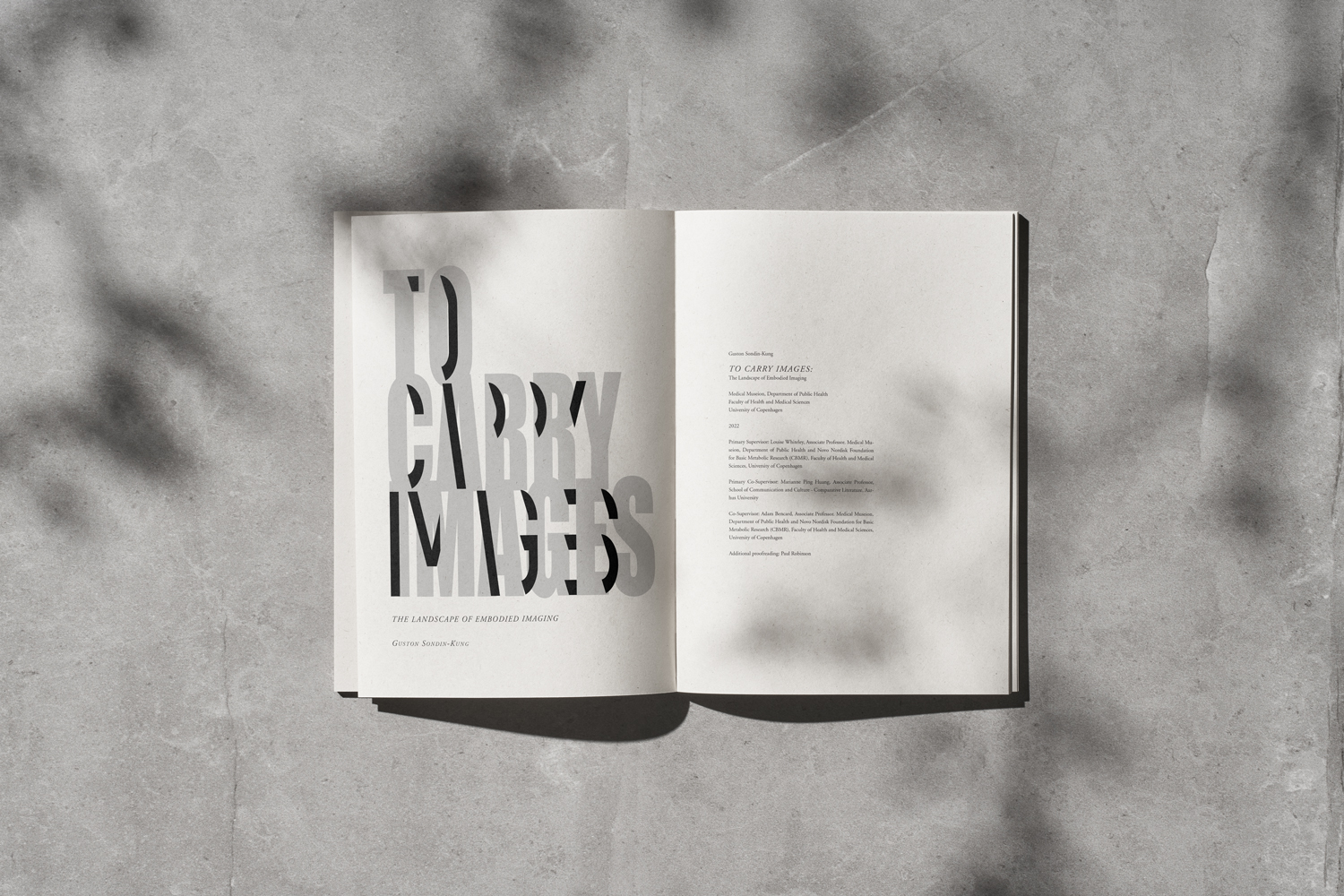“...I see my ribcage. I see the protrusions of each of my ribs and I’m putting
my arm above my head in the air. When I’m doing this the ribs are poking out
further. With my other arm and my pointer finger I’m touching the ribs. I’m
running my finger over them and feeling each of their bumps protruding out
of my ribcage.”
This excerpted transcript, titled Mental Imagery 01: Ribs, is from an audio
recording that I conducted in 2021 where I attempt to describe a recurring
mental image in real time. The content of this and other related mental images that
arose in the same period are connected to stories of genocide from the World
War 2 European Holocaust that were told to me throughout my childhood as a
third-generation descendant. These mental images have arrived with renewed
force in tandem with a growing authoritarian, populist movement that in recent
years has been sweeping the world configuring the “jew” once again as a target
of vitriolic hate, violence and scapegoating.
The interfacing of this internal mental imaging process with exterior shifts in
the notion of “the jew”, along with the passing of the generation who directly
experienced the holocaust, led me to a process of “becoming Jewish”. This, for
me, has ignited a sense of responsibility to carry these images, and with them
the violent and traumatic knowledge that is passing from one generation to the
next. This has motivated and compelled me to understand more deeply how
memory as imagery is passed trans-generationally and how artistic research and
practice can map this process by articulating its insights through dialogical
works of art. Furthermore, it has led me to consider how the use of this
knowledge thus passed on can contribute to the resistance against ongoing and
future genocide.
This inquiry has necessitated working within an interdisciplinary frame that
draws from the fields of moving-image artistic practice, neuroscience and
memory studies. I conceptualize this approach as that of the minor specialist,
someone who approaches these disciplines as an outsider from within with the
aim of expanding the meaning of each disciplinary practice. This approach has
been shaped by a matrix of critical analysis consisting of situated knowledge, decoloniality and
substance monism. Doing so, I have developed a novel artistic research
tool The Landscape of Embodied Imaging through which I map the emergence and
transformation of images as internal and external representations as they are
engaged in a communicative multigenerational dialogue.
The Publication presents the Landscape of Embodied Imaging, outlining the three
distinct zones of relation that comprise it: 1) Inward facing images; which
serves to map the way that images enter our bodies and remain over time. These
are presented through transcriptions of audio recordings (Mental Imagery 01:
Ribcage; Mental Imagery 02: Fingerprint, Mental Imagery 03: Skin); 2)
Externalized representations: which maps the ways in which images are inscribed
externally for the purpose of reflective articulation. These are presented
through experimental short stories and essayistic reflections: The birthday,
The clock face, The Microscopic Burial, Holobiont Faciality, Epidemic
Relations: 5G and the Microbe, Chronosomatic Imaging, and 3) Outward facing
images that seek communication and dialogue beyond the self, presented through
the audio performance the Microscopic burial.
As a whole the dissertation conceptualizes, articulates, and demonstrates how
The Landscape of Embodied Imaging produces a unique interface between
subjective coordinates, communal affinities and memorial processes. This in
turn creates an emergent notion of imaging referred to as Postmemory Neuro
Imaging as a mode of imaging that engages in recuperative processes of
epistemic reconstruction through reconnecting the relations between internal
and external representations. The hope is thus that this research, beyond
contributing to the matrix of disciplines that it engages, will help us
comprehend some of the key memorial lessons that have been passed
transgenerationally and enable us to resist ongoing and future genocides.
